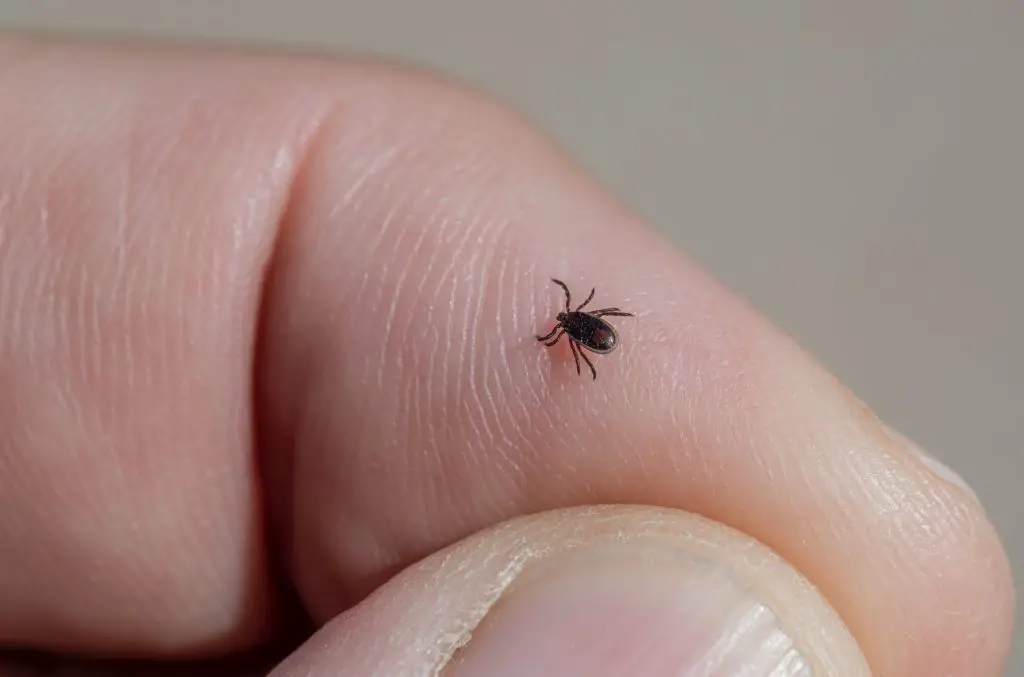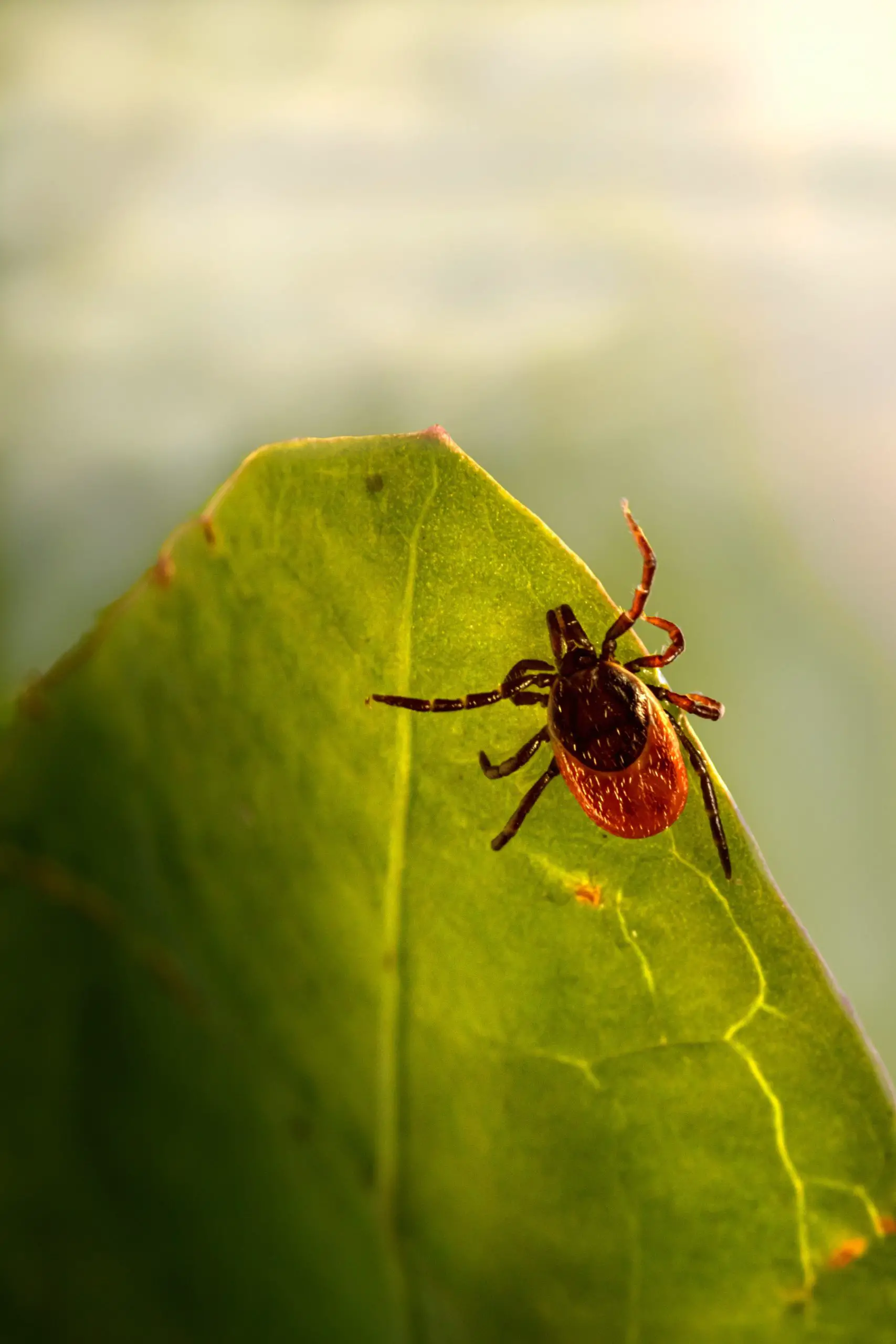Before we bought Lottie to Europe, she had never had a tick bite in the UK. We know that ticks do exist all over the UK, but they are not as prevalent as they are in Europe, and unfortunately, Lottie did pick up a few tick bites whilst we were away.
We had done so much research about all things to do with taking your dog to Europe before our trip, but, perhaps naively, we had not done any research into ticks at all, and this is probably because it had never been a problem for us before.
Central Europe has the highest tick infection rates in Europe, specifically in Austria, the Czech Republic, southern Germany, Switzerland, Slovakia and Slovenia, so if you are planning to take your dog to Europe, ticks is something that you most certainly have to be very aware of.
What are ticks?
Ticks are small, spider-like creatures that suck the blood of birds and mammals, including humans. They crawl, they cannot jump or fly. Ticks vary in size and they go through three stages during their life cycle, larvae, nymphs, and adults. They require blood to feed on to complete each of these stages.
Lyme Disease
Unfortunately, ticks can carry diseases, the most common disease being Lyme disease. A tick could pass this disease onto your dog by first biting an infected animal, and then biting your dog. Lyme disease is a bacterial disease and symptoms can include lethargy, loss of appetite, inflamed lymph nodes and a fever. This disease can also be passed to humans from ticks.
It can take weeks or even months for the symptoms of Lyme disease to appear after being infected, and some dogs could have Lyme disease and not show any symptoms at all, unfortunately it can really vary, so it’s a good idea to just keep a closer eye on your dog after they have been bitten by a tick, just in case.
If you would like more information about Lyme Disease in humans, then the NHS have some information over on their website – Lyme disease – NHS (www.nhs.uk)

Where are ticks found?
Ticks thrive in areas where there is dense vegetation, so woodlands and areas with long grass are where ticks are mostly found. Ticks crawl to the top of vegetation when they are ready to feed, and crawl onto your dog as it passes by.
How to remove a tick from your dog
Ticks can be difficult to remove, especially if they have been attached to the skin for a while and you have to be careful with how you remove them as you really want to get the tick out in one piece. Using a tick removal tool which is a hook shaped tool, or fine tipped tweezers, you need to get hold of the tick as close to the skin as possible and pull upwards slowly and firmly, trying not to squeeze the body. If you squeeze the body, it’s bodily fluids may come out which may contain bacteria which could cause disease or infection.
How to dispose of a tick
Once removed, dispose of the tick by wrapping it up and putting it into a plastic bag and putting it into the bin outside of your house. Ticks are very resilient and could survive and crawl back out of the bin if you put them in the bin inside of your house and escape back into your house. You could crush it in tissue and flush it down the toilet.
Clean the wound of your dog with an antiseptic wipe, and then wash your hands with soap and water, and also clean the removal tools with disinfectant to be completely sure that you have removed the risk of any bacteria being spread.
How to prevent ticks
There are several different ways to prevent ticks for your dog:
- Tick Shampoos
- Tick Collars
- Tick Treatments – Spot on or Oral Tablets
- Ticks are about all year round but much more in the warmer months. In warmer months try to avoid woodland areas and areas with long grass where ticks could be prevalent.
- Make sure to check your dog thoroughly after a walk by looking and feeling over their fur for ticks, pay attention to their head, eyes, ears, armpits, toes, tail and under the collar, and check your own skin and clothes too.
- Remember to also take care of yourself and protect yourself from ticks, by using insect repellent, showing minimal skin when possible to make it more difficult for them to attach, and also wearing light clothing so that ticks can be seen more easily and brushed off before they get the chance to get to your skin
- Keep your dogs indoors
We hope that you have found this post useful. Please have your wits about you when you take your dog to Europe and do what you can to protect your dog and yourselves from those nasty little ticks!
If you would like more information about taking your Cockapoo to Europe then please check out our blog post – How can I bring my Cockapoo to Europe? – My Cockapoo Puppy






